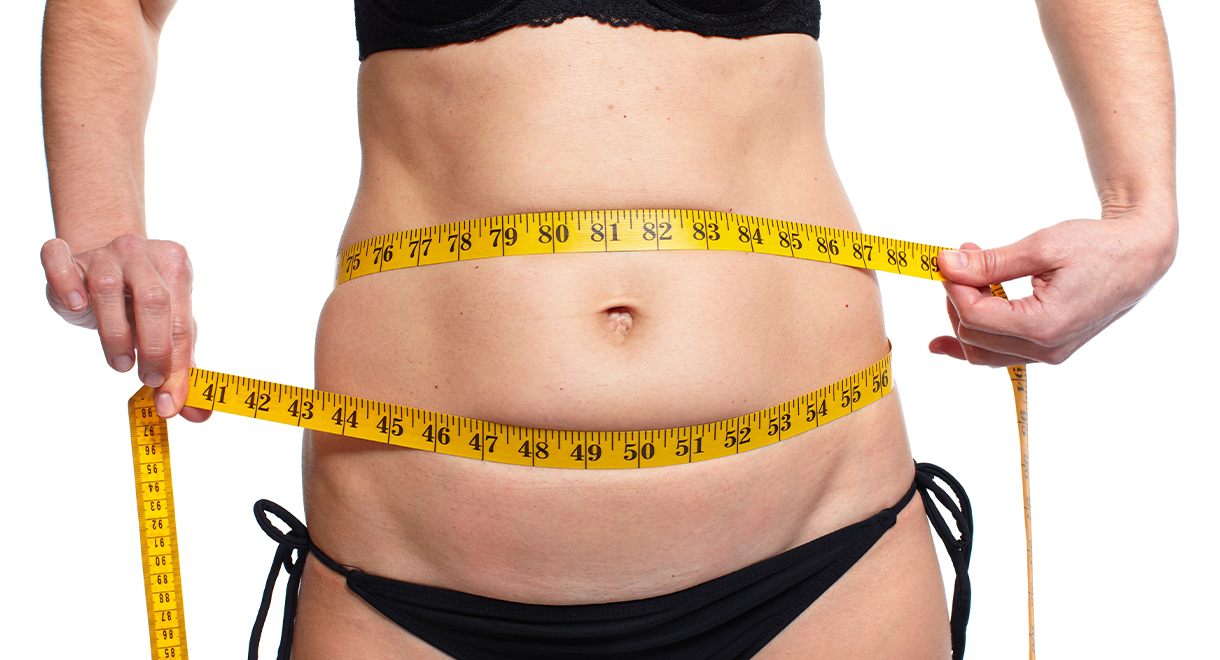

How To Avoid Being Puffy And Bloated This Summer
Fluid retention is a common condition that’s more prevalent in women, and is always worse in hot weather. Fluid retention is also known as edema, and the most common areas of the body to be affected are the lower legs and ankles, hands, face (particularly under the eyes) and abdomen.
A woman’s fluid level can vary from day to day. If you hop on the scales and notice that you are four pounds heavier than you were yesterday, often it’s actually fluid, not fat. It can be very disheartening to see the scales move upwards so quickly, but the good news is that fluid can be lost much more quickly than fat.
A number of different conditions can cause excess fluid to accumulate in areas of the body. Sometimes the cause is simply poor diet and inactivity; other times a serious medical condition may be responsible. Most cases of fluid retention can be resolved with the remedies listed below. If these strategies are not effective for you, please consult your doctor. Sometimes under-functioning kidneys, a heart condition or poor thyroid function can be responsible for the excess fluid.
Ways to release excess fluid:
- Drink lots of water. Drinking more will actually help your body to release stored fluid. A dehydrated body is more likely to retain fluid. In hot weather it is important to drink between 10 and 12 glasses of water each day; depending on your environment and activity level.
- Move more. Sitting still or standing still for long periods of time foster the development of edema in the legs. Avoid sitting with your legs crossed for long periods as this impairs circulation. Exercise stimulates muscle contractions in your legs, forcing the movement of fluid back up to your heart. If you must sit for long periods, make circles with your ankles and move your toes regularly to help the movement of fluid. Fluid Relief tablets can give you excellent symptom relief for stubborn cases of excess fluid.
- Eat less carbohydrate. Carbohydrate rich foods like sugar, bread, pasta, rice, potatoes, breakfast cereals, sweet drinks and foods containing flour all promote the release of insulin into your bloodstream. Insulin stimulates your body to retain fluid and sodium, giving you the puffy look. If you base your diet on protein and vegetables (as in the book I Can’t Lose Weight and I Don’t Know Why) you will be leaner and far less puffy. Synd-X Slimming Protein powder is a delicious whey protein powder that can quickly be turned into a delicious meal or snack.
- Allergies and food sensitivities can promote fluid retention. Common culprits are dairy products, wheat, corn, soy and gluten.
- A thyroid condition can cause fluid retention, particularly under the eyes and in the lower legs. If your thyroid hormones have not been tested recently, see your doctor or naturopath for a thyroid function test. For more information about thyroid health see our book Your Thyroid Problems Solved.
- If fluid retention is much worse the week before your menstrual period, you may be progesterone deficient. Progesterone deficiency increases the risk of PMS, pre-menstrual fluid retention, sore breasts, increased hunger and cravings before a period, as well as heavy, painful periods. Bio-identical progesterone cream is very effective for addressing these symptoms.
- Varicose veins promote fluid retention in the legs. Fluid leaks out of the veins and accumulates in surrounding tissue. The vitamins and antioxidants in raw vegetable juices help strengthen your blood vessels.
The above statements have not been evaluated by the FDA and are not intended to diagnose, treat or cure any disease.
Know someone who might benefit from this article? Share it!
Need Help?
1-888-75-LIVER
Monday to Friday, 9:00 am to 5:00 pm MST
100%
Satisfaction Guaranteed
If it’s faulty or wrongly described, we’ll replace it.










